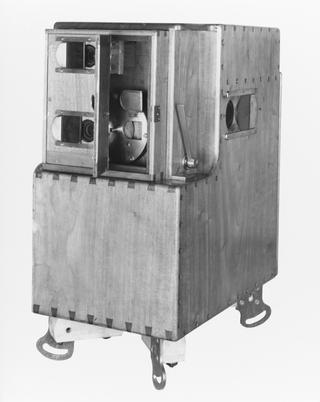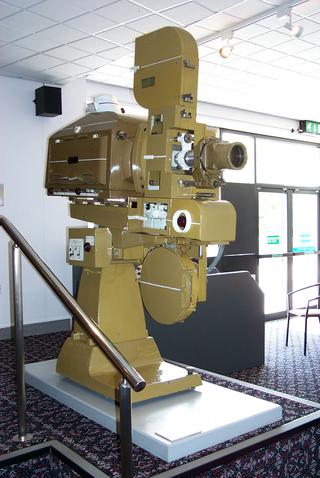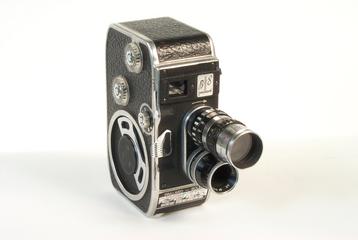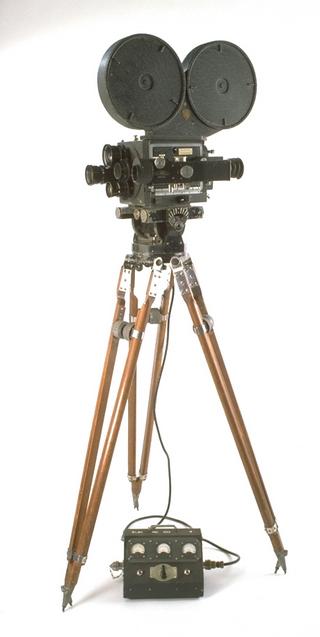Spirograph: Animal Kingdom, Apes and Monkeys
'Spirograph' 16mm home projector disc entitled 'Animal Kingdom, Apes and Monkeys', by Urban Motion Picture Industries Inc, Irvington-on-Hudson, New York, USA for Urban-Joy by H W Joy, about 1923. Disc No 004. The label on this disc has been altered to remove part of the Urban logo and has the name THEODORE BROWN written across the centre of the disc.
More
The Spirograph projector was originally designed in England in 1913 by Theodore Brown (1870-1938), who sold the rights to Charles Urban (1867-1942).
Urban’s engineer Henry Joy (b. 1872) developed the Spirograph from 1920, and some were produced in 1923 shortly before the collapse of Urban’s business. It used 10½ inch diameter discs containing 1200 frames arranged in a spiral of twelve rows. When the handle was turned, the disc revolved and gradually tracked across behind the lens. The discs were reproductions of professional feature films and the projector was intended for home use.
The Spirograph used 10½ inch diameter discs containing 1200 frames arranged in a spiral of twelve rows. When the handle was turned, the disc revolved and gradually tracked across behind the lens. The discs were reproductions of professional feature films and the projector was intended solely for home use. There was no camera available so people could not make their own films.
- Measurements:
-
overall: 260 mm,
- Materials:
- paper (fibre product) and celluloid (cellulose)
- Object Number:
- 1937-786/3/1
- type:
- projector disc





